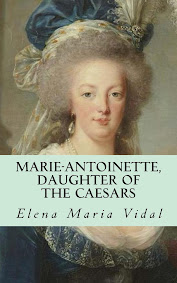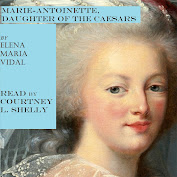This was published before the election of His Holiness Pope Leo XIV. Worth reading slowly and prayerfully. From Archbishop Cordileone at First Things:
Calls from every post-conciliar pope, from Paul VI to Francis, to correct liturgical abuses and sloppiness have had practically no effect in the lived experience of Catholics in the pews. Something more needs to be done. A comfortable familiarity with the Traditional Latin Mass has great potential for serving this purpose. It also provides a path forward that avoids the hermeneutic of rupture, something else that Pope Benedict pointed out: “There is no contradiction between the two editions of the Roman Missal. In the history of the liturgy there is growth and progress, but no rupture. What earlier generations held as sacred, remains sacred and great for us too, and it cannot be all of a sudden entirely forbidden or even considered harmful.” He then goes on to apply this logic to help us understand the true meaning of organic development: “It behooves all of us to preserve the riches which have developed in the Church’s faith and prayer, and to give them their proper place.”
Such a continuity in the development of the liturgy clearly stands out from reading the conciliar and post-conciliar documents on the liturgy in light of the received tradition. For example, Sacrosanctum Concilium says nothing about changing the orientation of the altar. In fact, the current edition of the Roman Missal directs the priest to turn and face the people at three points during the Liturgy of the Eucharist, clearly presuming that he and the assembly are facing in the same direction: “ad orientem,” facing (liturgical) east, east being the source of light and a symbol of Christ’s Resurrection from the dead, which dispels the darkness of sin and death, as well as of his return in glory. The east is also symbolic of paradise since, at creation, God put the Garden in the east (Gen. 2:8).
Because the need is so urgent, I invited select cardinals and brother bishops along with prominent theologians and lay leaders to contribute to the Fons et Culmen Liturgy Summit, which will take place July 1–4 at St. Patrick’s Seminary in Menlo Park, California. Cardinal Sarah, a shining light among prelates who understand the importance of recovering the sacred in our liturgical practices, will be there. So will Seán Cardinal O’Malley, whom I invited to speak about how important the order and beauty of Mass can be to the souls and psyches of the poor, whose environments are so often marked by chaos and ugliness. Malcolm Cardinal Ranjith has long been a leader in urging Pope Benedict’s vision and will offer valuable insights on his understanding of actuosa participatio (active participation).
I am convinced that the future of liturgical renewal requires listening and responding to the felt needs of all the people of God, including those who have been inspired to love Jesus by the beauty and order of the Traditional Latin Mass. Its organic development from ancient times reflects our deep roots in the worship and practices of our Jewish ancestors in the faith. The high altar under the canopy descends directly from the design of the Holy of Holies in the Jerusalem Temple, which was reminiscent of the Jewish bridal chamber: The Mass is the consummation of the Wedding Feast of the Lamb. Also, after finishing the Prayers at the Foot of the Altar, the priest ascends to the high altar with a prayer acknowledging this continuity of the two Covenants: “Take away from us our iniquities, we beseech Thee, O Lord, that we may be worthy to enter with pure minds into the Holy of Holies.”
What is classically Catholic is not nostalgic or backward but timeless. This is how it attains the status of classical: It has withstood the test of time, and speaks to all ages and cultures, including our own. (Read more.)

















No comments:
Post a Comment